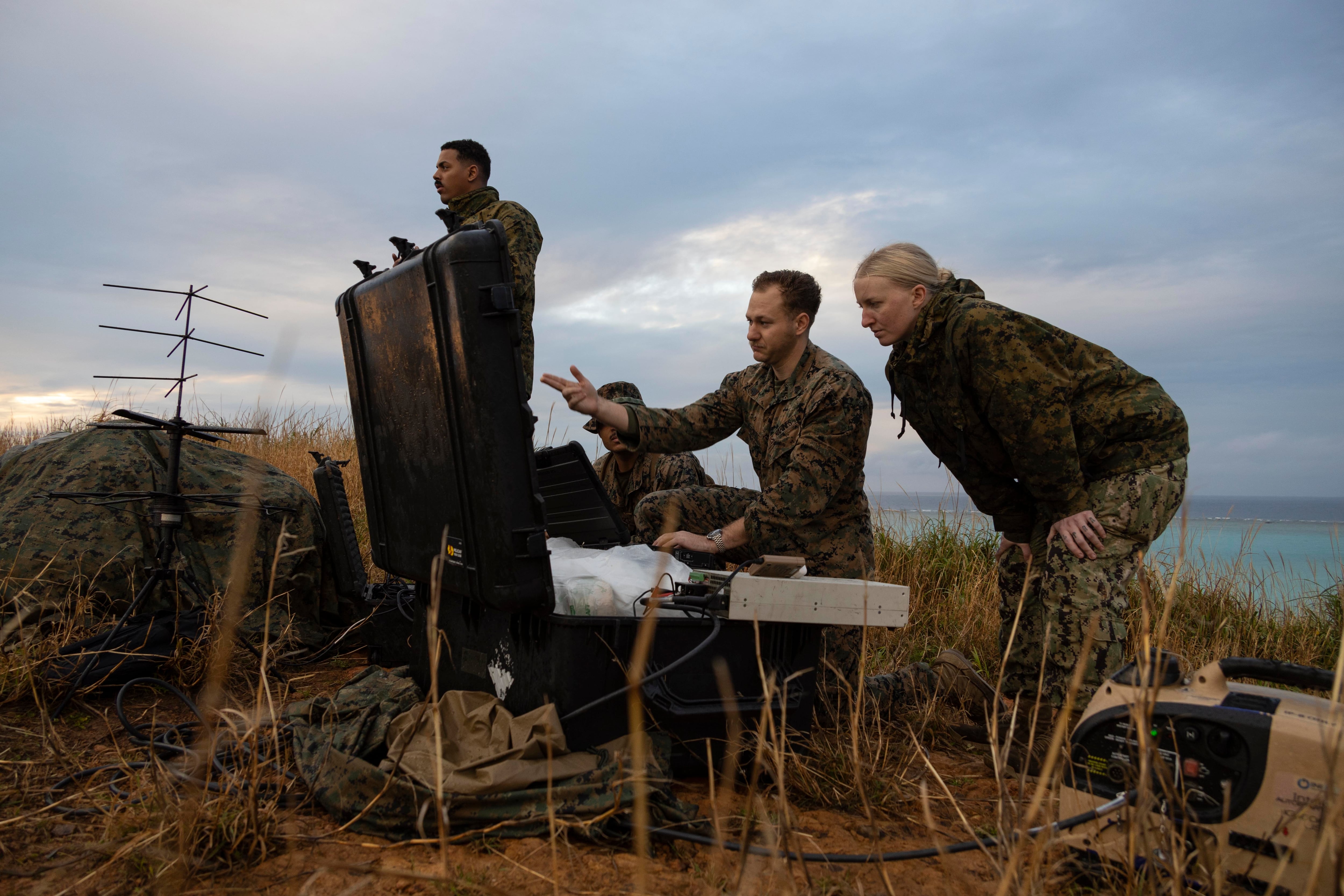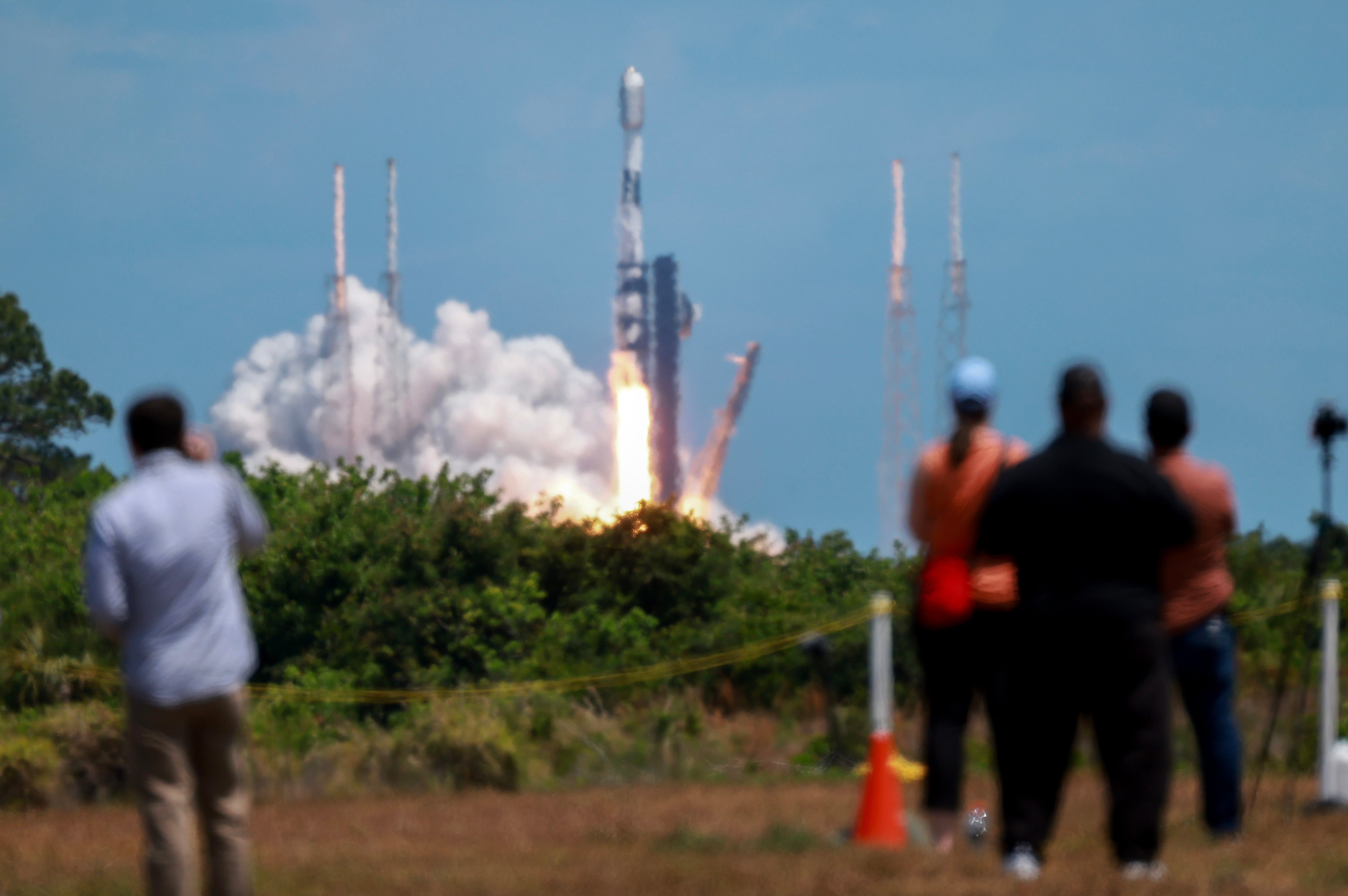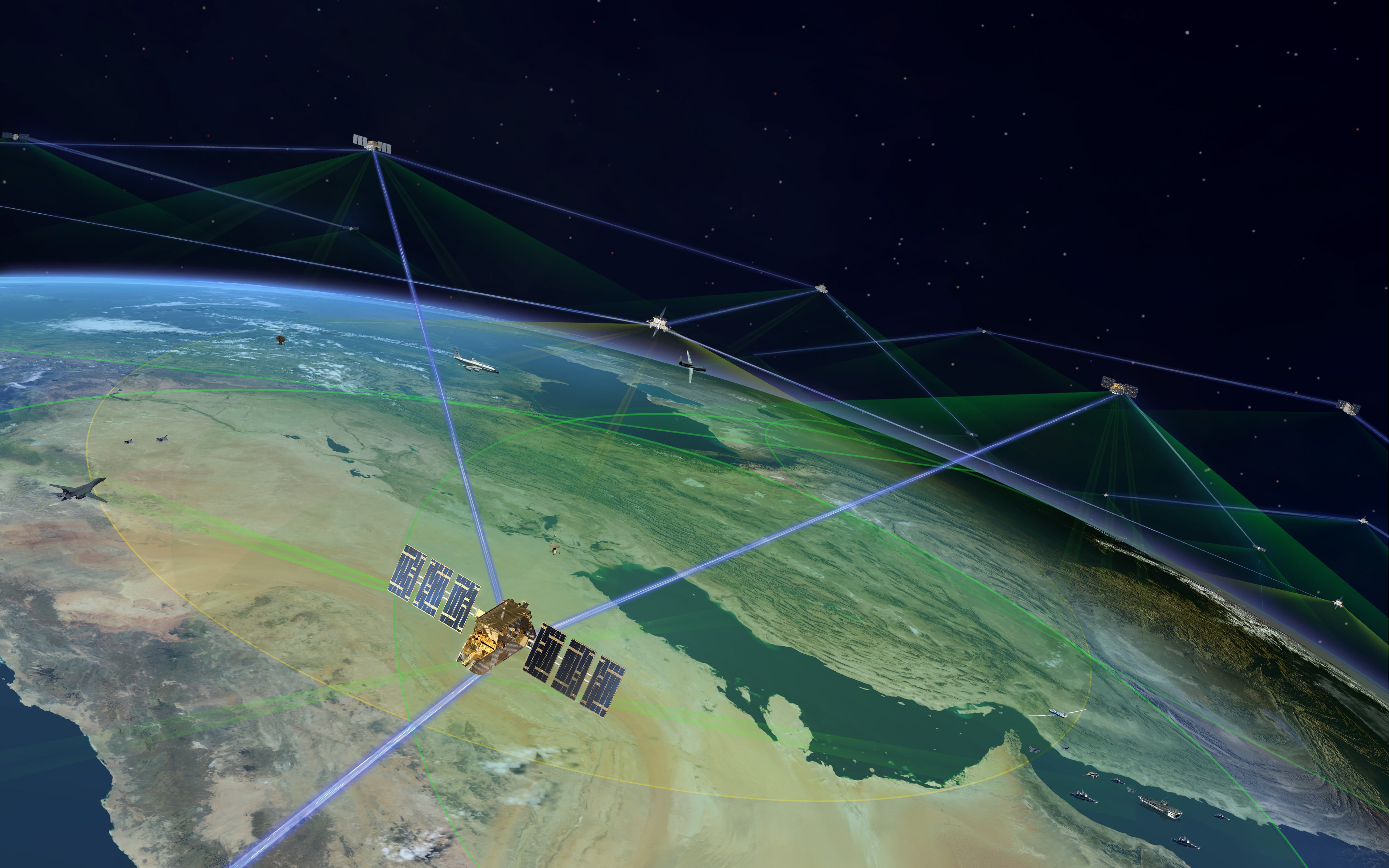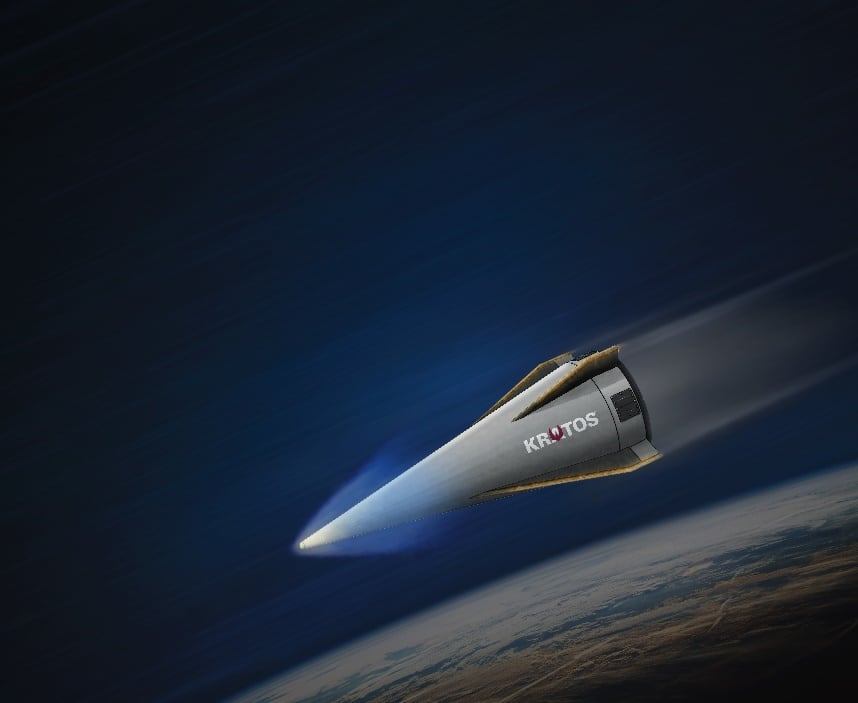WASHINGTON — Something as seemingly simple as picking the right commercial boat radar could make or break the U.S. Marine Corps’ vision for future operations: small units dispersed on islands and beachheads across contested waters, all looking for enemy ships and planes while gathering information to create a common picture of the theater.
But identifying the best radar is more complex than it sounds, according to Col. Matthew Danner, who leads the Japan-based 31st Marine Expeditionary Unit.
He said Marines are experimenting with the new Expeditionary Advanced Base Operations concept to identify how many people are needed at these temporary, remote posts; what gear they need; and how they can best support the larger naval and joint force.
Though these expeditionary advanced bases could perform a range of missions, the 31st MEU focused on sensing expeditionary advanced bases during its two short deployments in 2023, Danner told Defense News during a Jan. 4 media roundtable.
“What they typically consist of is a ground sensor capability … that will enable us to provide remote sensing capability offshore, and then the radars to provide surface radar out to 40 or 50 nautical miles,” he explained. “And then we link those collections into other sensor EABs [expeditionary advanced bases], we feed it up into joint architecture, and then that contributes to the common operational picture that enables the joint task force or the geographic combatant commander to understand the battle space and employ certain capabilities.”
Not all radars are created equal; it depends on the environment, Danner added.
“There are certain radars that blend into the operating environment better in the Baltic Sea, that are going to stick out [in the Pacific] and become very, very obvious because they’re not the types of radar that are used in the [area],” he said. “Usually it has to do with blending into the electromagnetic spectrum so that our collections don’t stand out from the normal environment itself,” allowing enemy forces to find and target the Marines at expeditionary bases.
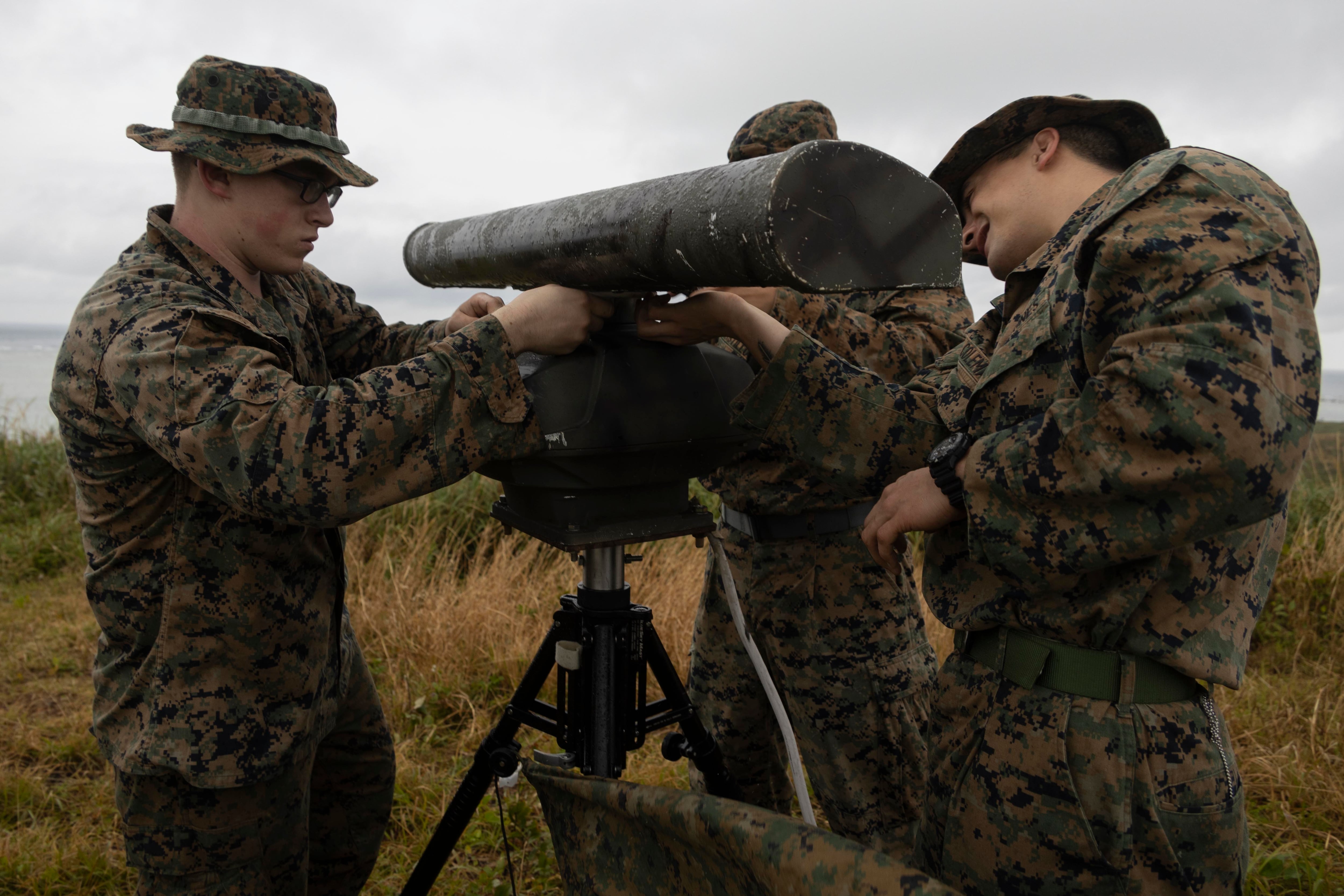
Col. Samuel “Lee” Meyer, who commanded 13th MEU during its deployment last year, previously told Defense News his sensing EABs included about 30 to 50 Marines who moved ashore using helicopters or surface connectors. Those forces “provided a risk-worthy, low-cost, low-footprint option to get eyes and ears on an area where the Navy may not be, or may not be able to maintain persistence.”
Meyer said he experimented with Shield AI’s V-Bat drone to provide live video feeds and with Simrad commercial boating radar to build maritime domain awareness.
Danner said his forces used a couple models of the Furuno boating radar, as well as a top secret-level communication tool called Athena’s Trident.
Megan Eckstein is the naval warfare reporter at Defense News. She has covered military news since 2009, with a focus on U.S. Navy and Marine Corps operations, acquisition programs and budgets. She has reported from four geographic fleets and is happiest when she’s filing stories from a ship. Megan is a University of Maryland alumna.
